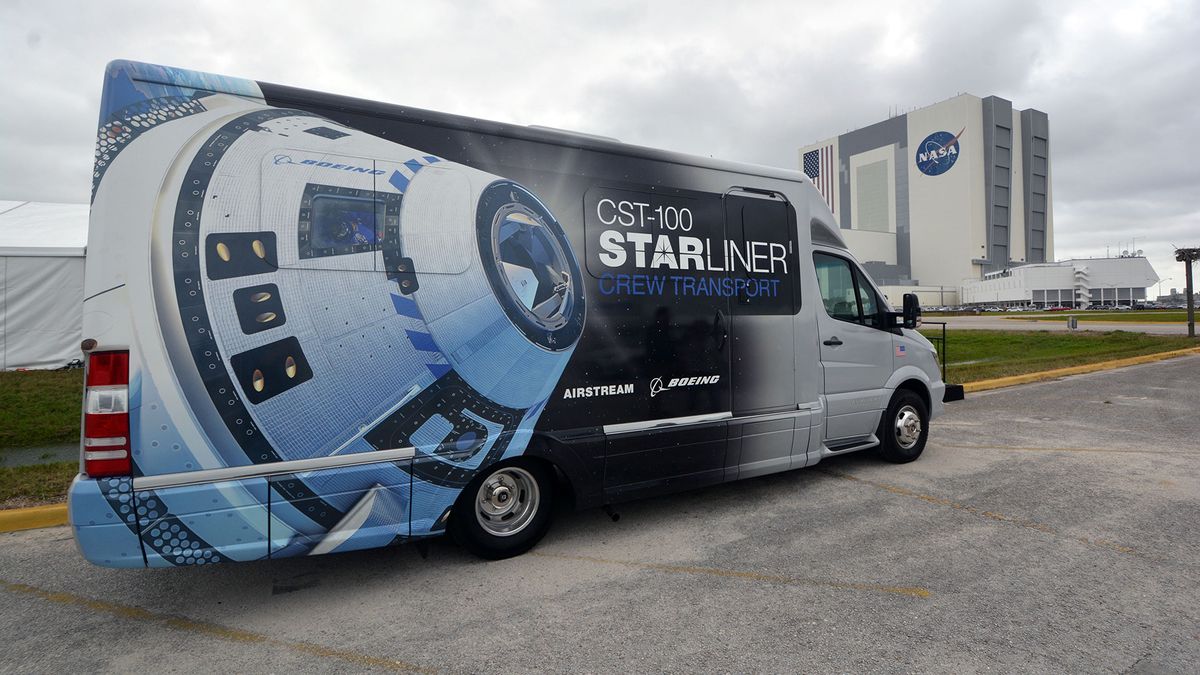NASA Mini Autonomous Rovers Prepare for Lunar Mission
NASA recently conducted test drives of mini autonomous rovers that are slated to be sent to the moon to collectively map its lunar surface. The rovers are a crucial component of the Cooperative Autonomous Distributed Robotic Exploration (CADRE) technology demonstration, which aims to showcase the ability of a group of robotic spacecraft to function together without direct human intervention.
The test drives took place at NASA’s Jet Propulsion Laboratory (JPL), where the suitcase-sized rovers navigated simulated rough terrain akin to what they will encounter on the moon. In a series of tests carried out in August 2023 using two full-scale development models, the mini CADRE rovers demonstrated their capability to drive in synchrony and adjust their path collectively to avoid obstacles.
The upcoming moon-bound rovers will be powered by solar panels and outfitted with cameras, sensors, and ground-penetrating radar to construct a 3D map of the lunar surface. During the testing phase in August 2023, one of the rover models had a placeholder for solar panels while the other two were able to monitor each other’s battery levels to determine when recharging breaks were necessary to replenish their solar arrays before continuing their journey together.
Night Drives and Environmental Testing
Further tests included night drives under artificial lighting at Mars Yard to replicate the challenging lighting conditions that the rovers will encounter on the moon during its daytime. In November 2023, the rovers underwent vibration and thermal tests to ensure their hardware’s durability for the journey to the moon. A rover was subjected to intense vibrations on a specialized table and exposed to extreme hot and cold temperatures in a thermal vacuum chamber to simulate space conditions.
Additionally, electromagnetic interference and compatibility testing were conducted to verify that the electronic subsystems of the rovers did not interfere with each other or with the lander’s systems. These tests confirmed that the rovers could withstand expected electromagnetic disturbances.
Integration and Mission Details
In early March, NASA announced the successful completion of construction and testing for the three CADRE rovers. The rovers are now ready for integration with Intuitive Machines’ Nova-C lander, which will transport them to the lunar surface as part of the company’s third lunar lander mission, IM-3. Once deployed, the rovers will explore the Reiner Gamma region on the moon and collaborate to study the lunar surface during the equivalent of about 14 Earth days.
Overall, the mini autonomous rovers represent a significant step forward in NASA’s exploration of the moon, showcasing the agency’s commitment to advancing robotic technologies for space exploration and scientific discovery.
Image/Photo credit: source url





